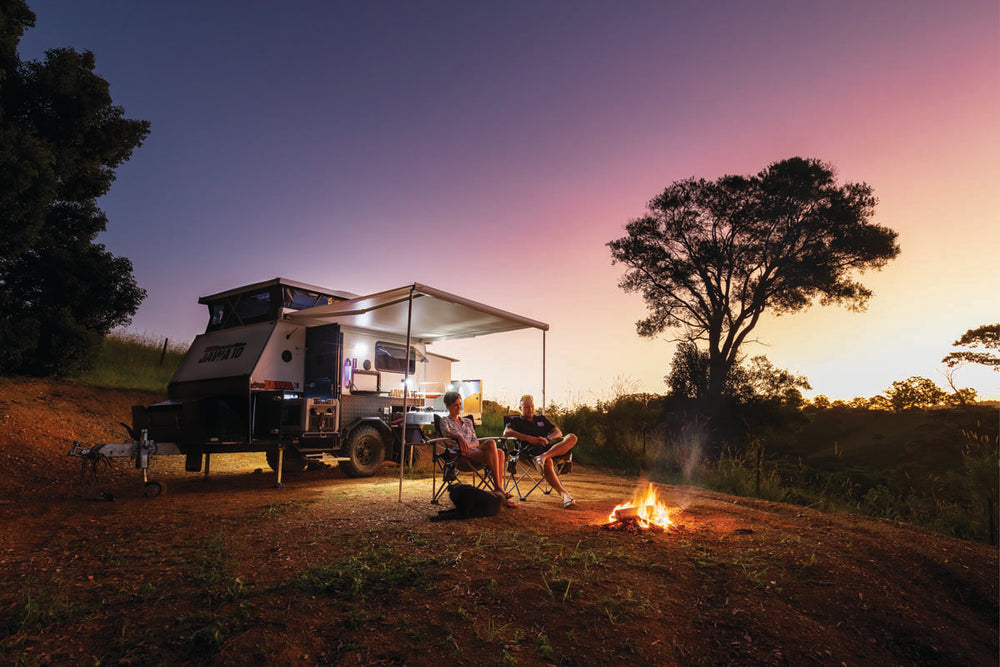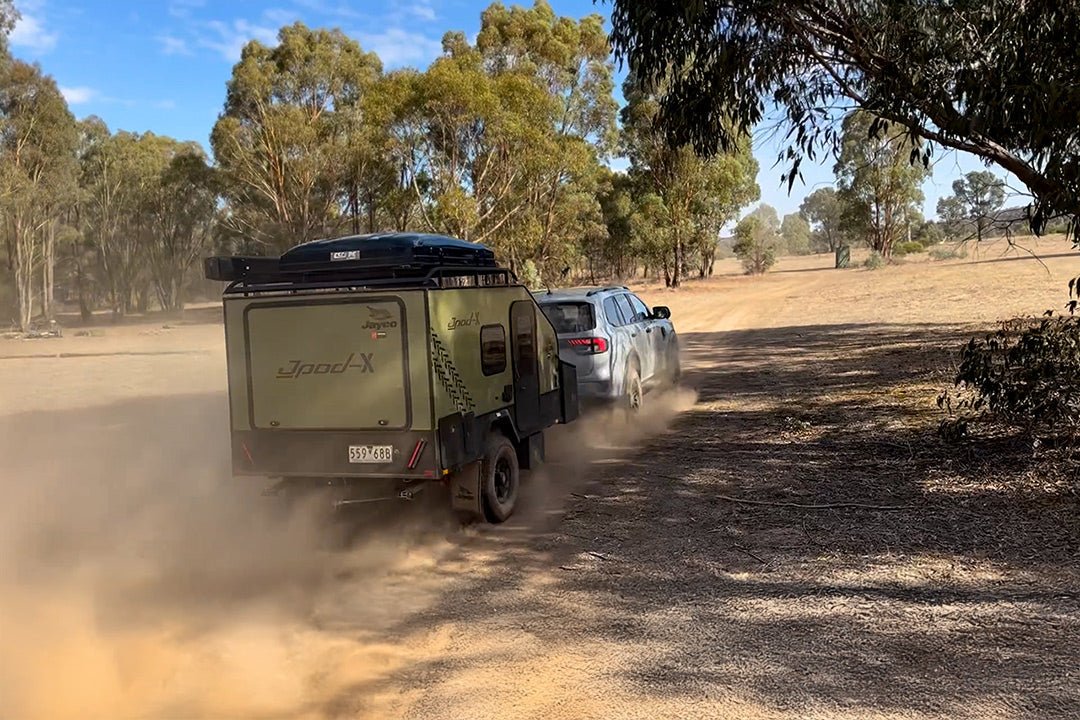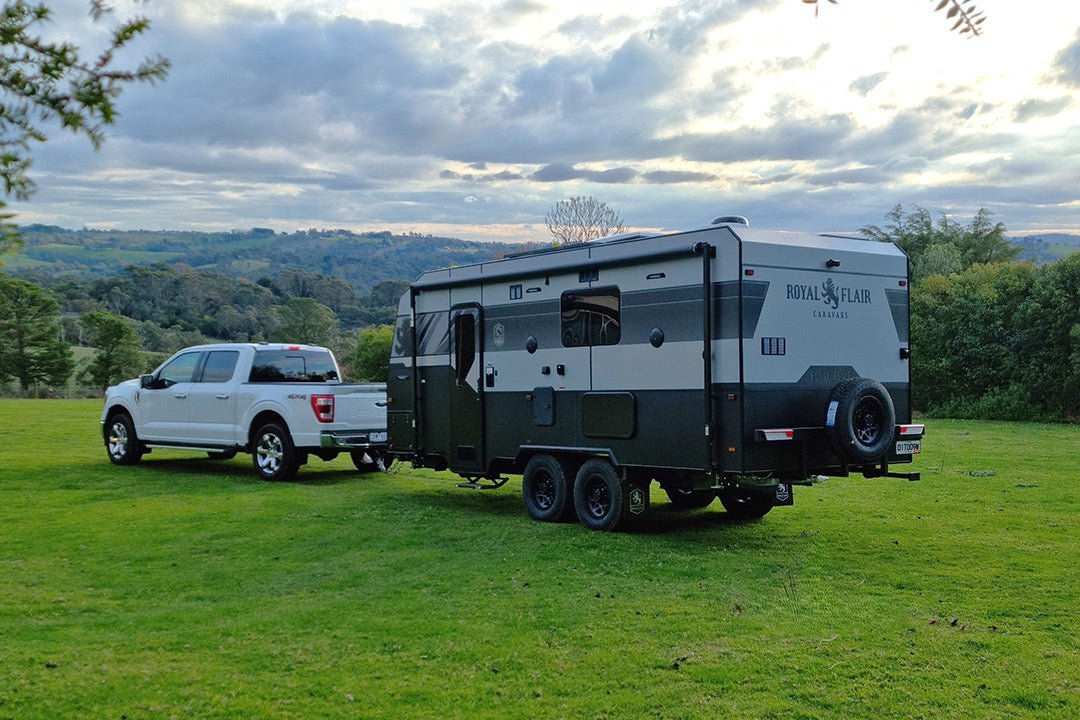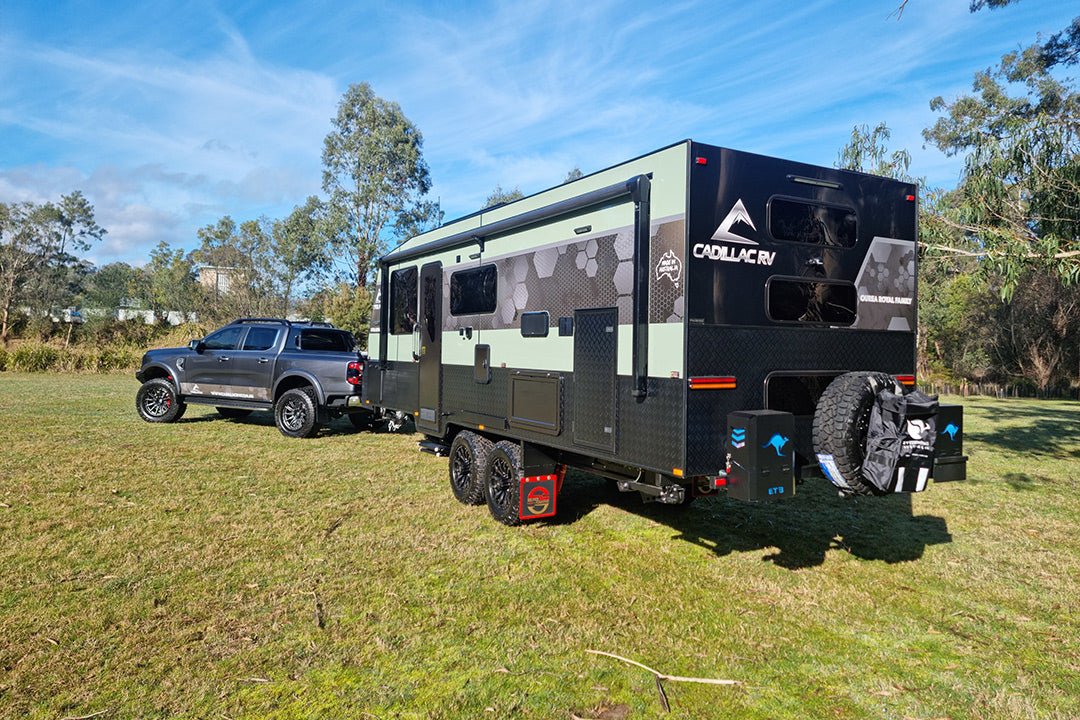Review: Kea Campers Toyota LandCruiser Pop-Top
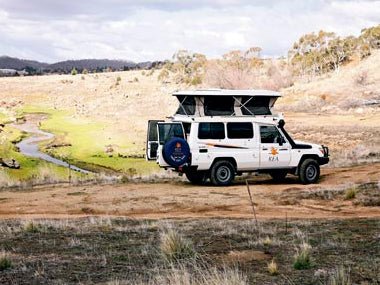
There are very few true offroad 4WD campervans and motorhomes around. There are several reasons for that, one being the relative lack of 4WD cab chassis, and building an offroad motorhome fit for the purpose is quite specialised, not to mention expensive.
However, if a smaller vehicle that is rigged up for camping is an acceptable solution, then there are several options available, many of them built on vehicles such as the Toyota LandCruiser Troop Carrier (“Troopie”).
A company that uses the Troopie successfully is Kea Campers, a very large campervan and motorhome hire company. It has everything from VW van conversions to Ford Transit-based six-berth units. However, also available either as a rental or for private purchase is the LandCruiser Series 70 Workmate-based 4WD pop-top.
Not surprisingly, most of the 4WDs are hired in the north of Australia, where more tourists (mostly from overseas) want a vehicle that’s able to handle the rough road conditions. But some 4WDs are hired in the southern states as well because conventional motorhomes are usually restricted to sealed roads.
I picked up the 4WD from Kea’s Sydney depot for a quick trip across the Blue Mountains to Newnes in the Wolgan Valley, followed by a somewhat longer journey to the winter playgrounds of the NSW Snowy Mountains.
COMMERCIAL UNDERPINNINGS
The LandCruiser Workmate comes with a 151kW, 4.5L, V8 turbodiesel motor that delivers 430Nm of torque and consequently plenty of grunt for the serious offroad enthusiast. It only comes with a five-speed manual gearbox that’s not clunky or difficult to shift, and the big turbodiesel means that gear changes are minimal. Power steering is standard of course but the largish turning circle makes city street manoeuvring a bit awkward at times.
One of the things to keep in mind with the Toyota is that it’s designed for commercial use though still reasonably comfortable for long-distance travel. The cab is certainly designed for practical use rather than style, but I noted that the rather plain-looking seats did not mean a visit to the chiropractor at the end of my travels – a hazard sometimes with similar vehicles. There isn’t a great deal of storage around the cab for normal travel items, except for a couple of roof-fitted nets, so a small plastic box between the front seats might be a useful item.
THE CONVERSION
Kea Campers has had its 4WD camper available for a number of years but earlier this year redesigned the layout. One of the interesting features of the Kea conversion is that the designers have managed to squeeze in two small double beds or two large singles, depending on your point of view (it’s certainly more comfortable with the latter). Storage has increased too.
That’s not a bad achievement, given the limitations of the interior space, which of course is improved no end by the addition of a pop-top roof. It’s a full rising roof too, not hinged at one end, and the gusset has six screened windows sewn in so there is no problem with air flow.
One of the clever little features about the roof is that the front part of the moulding sits higher than the front edge of the rising roof, thereby improving the general air flow and minimising the potential for water ingress when travelling along.
The rear doors in the Workmate are asymmetrical (i.e., one-third/two-thirds) and the internal layout doesn’t quite suit that, so both doors have to be opened to get access from the rear.
LIVING SPACE
So, what has Kea managed to jam into the interior? Quite a bit, relatively speaking, and as long as you aren’t expecting one of those Harry Potter-type interiors where the internal dimensions are magically considerably larger than the exterior, then it’s liveable.
Along the offside is a conventional kitchen bench area, albeit slightly compressed compared to that of a ‘normal’ motorhome. It does have three good-sized drawers and a two-door cupboard, all of which are full of cooking items, plates, cups and utensils (this being a rental vehicle). Essentials like a coffee plunger are also included. Above this cabinet is a benchtop which contains a moulded sink and separate draining area. The sink has both tank and filtered water taps.
There isn’t a fitted cooktop but a free-standing Gasmate single burner along with butane canisters that can be used conveniently on a hinged table that is attached to the offside rear door. A small awning can be fitted over the rear door area and it’s quite a clever arrangement, with a couple of horizontal poles that support the awning and slide into holes in the fibreglass moulding.
Behind the driver’s seat is another cupboard, multi-shelved with a mirror on the inside of the door. In the adjoining space behind the passenger seat is what looks like a bench seat (which it is) that mostly contains a Waeco 80L chest freezer. There is also a small safe (large enough for a laptop and cameras) squeezed in against the wall.
That bench seat forms one half of a small dinette, with a swivel table in the middle. The other dinette seat is in the rear nearside corner and has a generous storage area with access from both a top hatch and a door at the rear.
SLEEPING
Those two seats, together with the lowered table, form the lower bed. It is a slightly odd shape, measuring 2.1m (6ft 10in) in length with widths varying from 1.02m (3ft 4in) to 840mm (2ft 9in).
The other bed is partly above the driver’s cab. It has a slide-out that extends back in to the cab and measures 1.94x1.14m (6ft 4in x 3ft 9in).
Setting up the lower bed is more fiddly than the top bed, but as I was sleeping in winter alpine country, I opted for the lower bed so that I could pull the roof down during the night and keep things a little warmer. Setting up the lower bed requires everything else to be out of the way, including the second traveller.
ELECTRICS
Like any good campervan, the Kea 4WD is fully wired for both 240V and 12V. In addition to the vehicle battery charger and 240V charger, there is also a Uni-Solar laminate 64W solar panel on the roof. Mounted on the cabinet by the kitchen bench are a 12V switch panel, battery voltmeter and water tank gauge. Fluorescent lights on either side of the pop-top roof are adequate, but if you’re a bed reader, a couple of battery-powered LED reading lights would be good to take along. A light and switch near the rear doors wouldn’t go astray either.
THE BOTTOM LINE
There are some compromises, as there would be in any design like this. The main one is that general storage space is limited, so relatively light-weight travel is the order of the day. Being very neat and tidy is another. However, anyone who fancies travelling in Australia where conventional motorhomes cannot go, is certainly going to find the Kea 4WD an item of considerable interest both as a short-term rental or an outright purchase.
SUPPLIED BY
Kea Campers, 106-110 Ashford Avenue, Milperra, NSW 2214, 1800 252 555, www.keacampers.com. For sales enquiries, call
(02) 8707 5500.
KEA CAMPERS TOYOTA LANDCRUISER POP-TOP
Engine: 4.5L V8 turbodiesel
Gearbox: Five-speed manual
Max power: 151kW@3400rpm
Max torque: 430Nm@1200-3200rpm
Brakes: Disc
Tare: 2660kg
GVM: 3330kg
External length: 5.1m (16ft 9in)
External width: 1.7m (5ft 7in)
Internal height: (roof up) 2m (6ft 7in)
Price: $110,000 (drive-away NSW); rental $155-$270 per day, depending on season and duration




